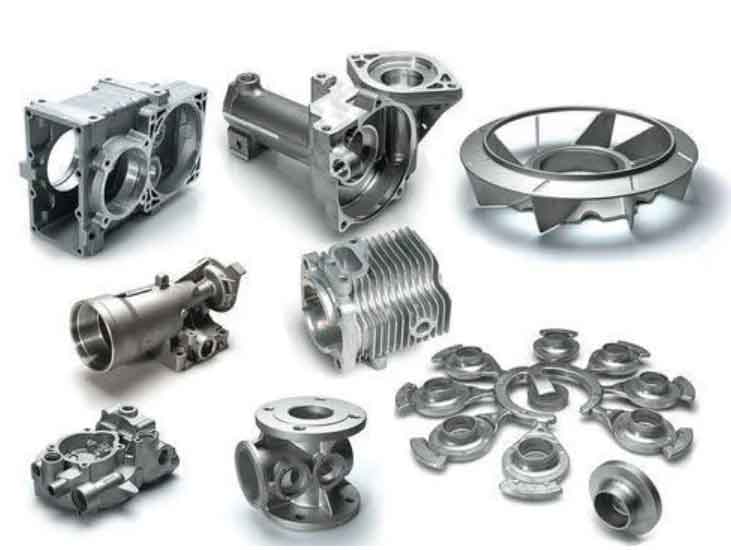
Improving casting quality with resin sand molds involves adopting specific tips and techniques during the mold-making and casting processes. By focusing on mold design, material selection, and process control, manufacturers can enhance the overall quality of castings produced using resin sand molds. Here are some tips and techniques to achieve improved casting quality:
1. Proper Mold Design:
- Ensure proper gating and risering design to facilitate a smooth and controlled flow of molten metal into the mold cavity. This helps reduce the risk of defects like porosity and shrinkage.
2. High-Quality Sand and Resin:
- Use high-quality silica sand and resin binders to ensure a consistent and homogenous mixture. Contaminated or low-quality sand can lead to casting defects and reduced mold strength.
3. Consistent Mixing and Sand Conditioning:
- Maintain consistent mixing and sand conditioning processes to achieve uniform sand properties and mold hardness. This helps ensure consistent mold quality and casting results.
4. Accurate Pattern and Core Production:
- Ensure precision in pattern and core production to achieve dimensional accuracy and reduce the risk of mold mismatch or misalignment.
5. Proper Mold Venting:
- Implement appropriate venting systems in the mold to allow gases to escape during casting, reducing the risk of gas-related defects like porosity.
6. Controlling Mold Moisture Content:
- Maintain proper mold moisture content to prevent cracking or expansion during the pouring of molten metal.
7. Proper Metal Pouring Techniques:
- Implement controlled metal pouring techniques to avoid turbulence and splashing, which can lead to inclusion defects in the casting.
8. Proper Solidification Control:
- Control the cooling rate of the casting to ensure proper solidification and reduce the risk of shrinkage defects.
9. Inspect and Maintain Molds Regularly:
- Conduct regular inspections of the molds to identify and address any issues or wear that might impact casting quality. Regular maintenance can extend mold life and ensure consistent quality.
10. Process Optimization and Control:
- Employ process optimization and statistical process control (SPC) techniques to identify and address variability in the casting process. This helps achieve consistent and reproducible casting quality.
11. Use Advanced Simulation Software:
- Utilize advanced computer simulation software to model the mold filling and solidification process, allowing for virtual testing and optimization before actual casting.
12. Training and Skill Development:
- Provide proper training to operators and foundry personnel to ensure they have the necessary skills and knowledge to execute the casting process accurately.
By implementing these tips and techniques, manufacturers can enhance the overall casting quality and produce defect-free components using resin sand molds. It is essential to continuously monitor and improve the casting process to achieve consistent and reliable results.
